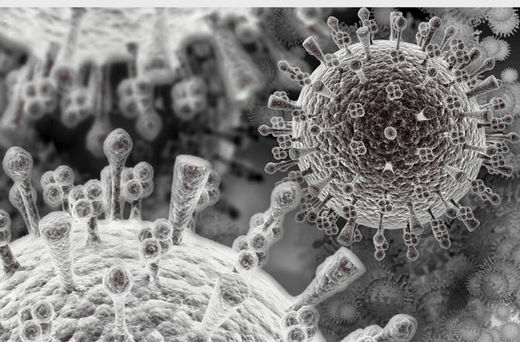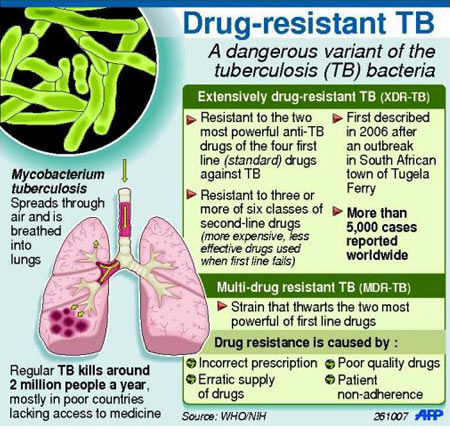
© GreenMedInfo
While global media attention presently fixates on the increased risk for rupture within silicone-filled breast implants manufactured by the French company PIP, other
less well known, but nonetheless serious health risks associated with implanting silicone-based capsules into the breast are not even being discussed.
According to conventional sources like Mayo Clinic, saline and silicone breast implants pose similar risks, including:
- Breast pain
- Potentially permanent changes in nipple or breast sensation
- Infection
- Scar tissue that distorts the shape of the breast implant
- Implant leakage or rupture
- Need for additional breast surgery
Mayo Clinic, however, neglects to mention some of the more serious and common health risks associated with breast augmentation, which include autoimmune diseases, cancer, and psychological disorders.
Regardless of whether saline or silicone filled, all breast implants on the global market today are composed of a silicone elastomer "capsule," which is the encasing membrane of the implant. The materials used to create the capsule are biologically alien to the body, are often coated in highly controversial nanoparticle silica, and result in rejection by the immune system in
up to 11.4% of all cases. This is known as "capsular contracture," which is commonly defined as an "abnormal" immune response to foreign materials in the body, and is a reaction serious enough to require surgical intervention in the majority of cases. Capsular contracture may also indicate the commonality of
low-grade bacterial infections that opportunistically emerge from the implant procedure or the implants themselves.












Comment: Flu vaccines have been shown to be ineffective and in some cases dangerous. There are far safer options:
Report Claims: Vitamin D Better than Vaccines at Preventing Flu
Homeopathy Successfully Treated Flu Epidemic of 1918
What the Inventor of the Flu Shot NOW Thinks of the Vaccine...
Children Who Get Flu Vaccine Have Three Times Risk Of Hospitalization For Flu, Study Suggests
The Vaccine Firestorm